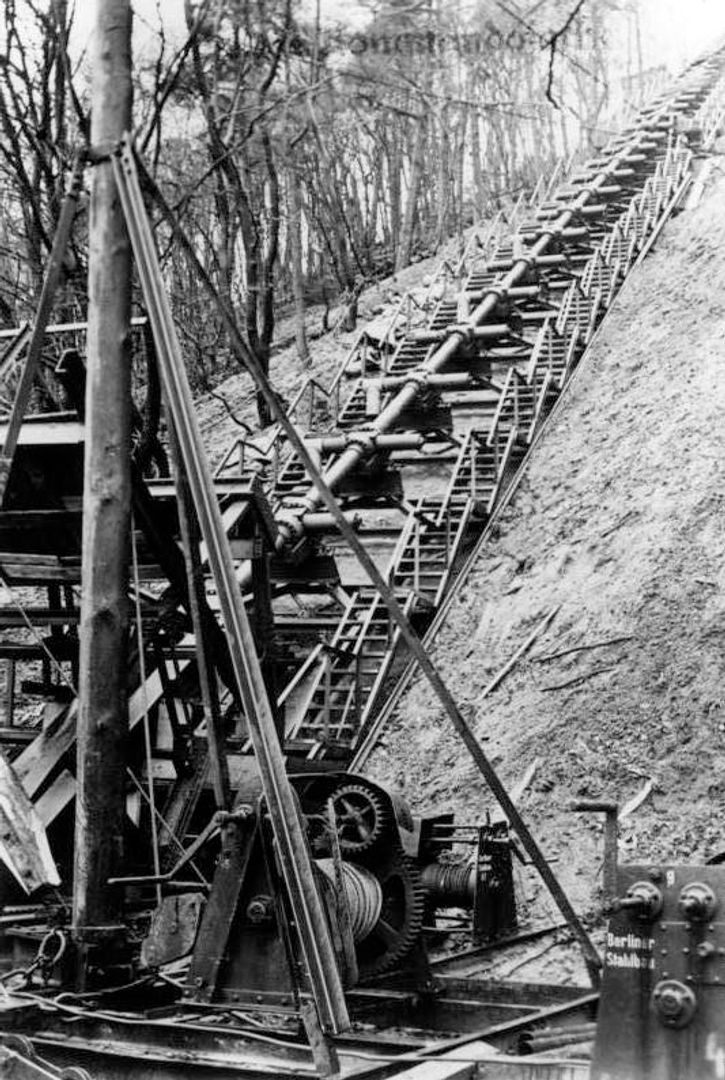V3
7

Overview
The V-3, known as the "London Gun," was one of three German retaliatory weapon systems designed during World War II, alongside the V-1 and V-2. Unlike these missiles, the V-3 was a cannon that accelerated projectiles using sequential explosions along the barrel. Development began in 1943, with the primary construction site being the underground complex in Mimoyecques, France, where two bunkers housing 25 guns of 150 mm caliber were planned. The guns, measuring 120 meters in length, were among the largest in the Axis arsenal. Their technological innovation lay in the use of multiple propellant charges and the replacement of conventional explosives with rocket boosters, which enhanced firing efficiency. The projectile velocity reached 1,500 m/s, with a range of 165 km. Despite ambitious plans, the guns only fired test shots before being destroyed by British air raids in 1944. After the war, the V-3 program was continued in Germany, where approximately 183 shells were fired toward Luxembourg, though their effectiveness was very low. The dismantled guns were sent to the United States, where they were tested at a proving ground in Maryland. In 1945, British engineers demolished the Mimoyecques facility to prevent its future use. Today, parts of the tunnels are open to visitors, and remnants of the V-3 guns can be found near Zalesie on Wolin Island, where a museum dedicated to V-weapons is located. An interesting fact is that during the British bombing, Joseph P. Kennedy Jr., the brother of the future U.S. president, was killed. Despite its advanced technology, the V-3 project did not achieve military success, demonstrating that innovation does not always lead to battlefield advantage.
Location
2025 Wizytor | All Rights Reserved